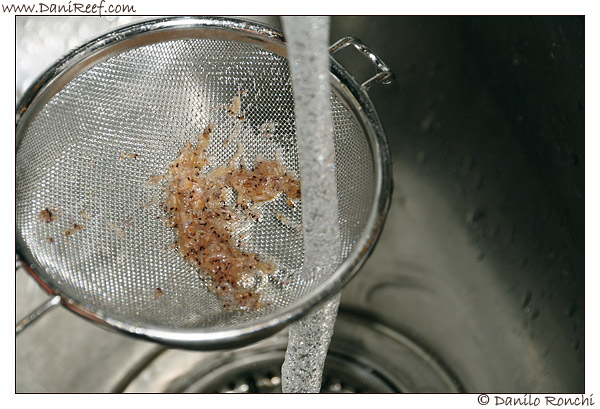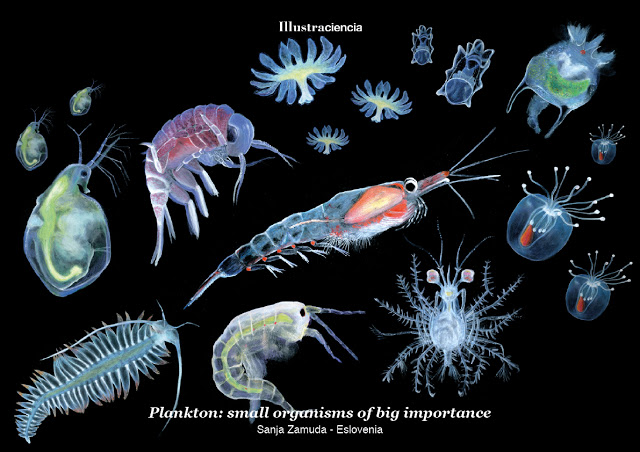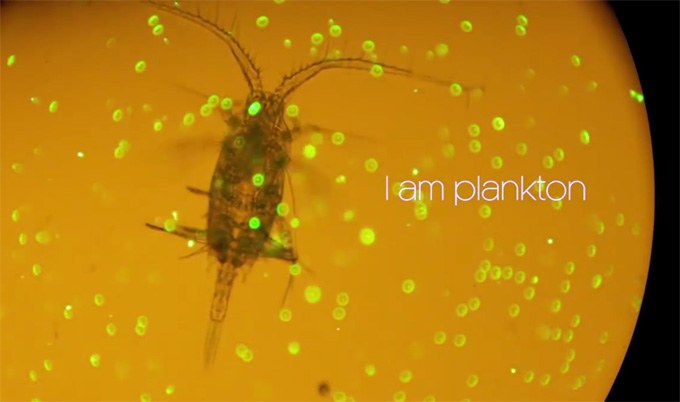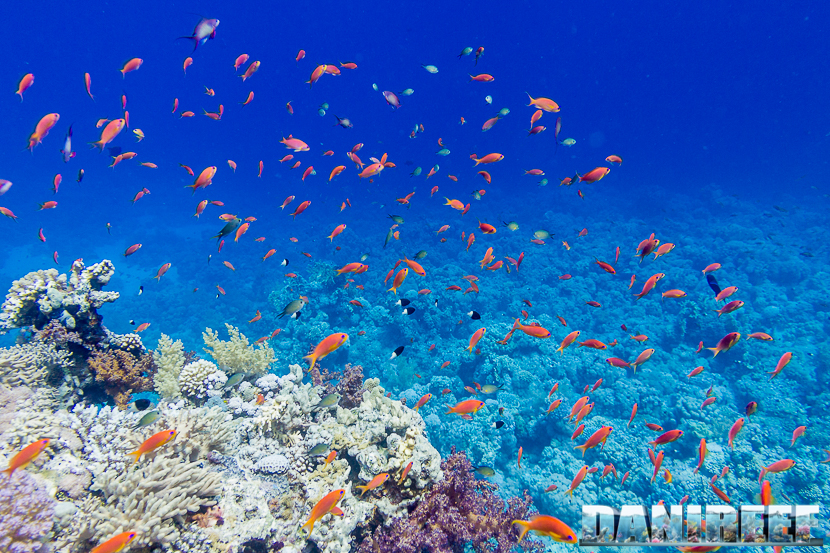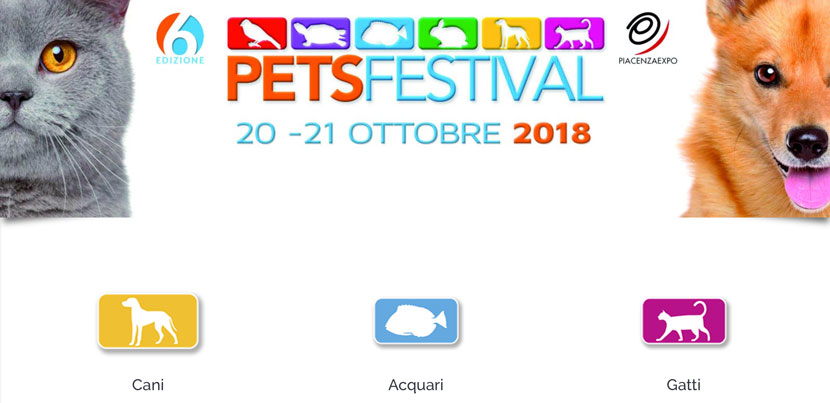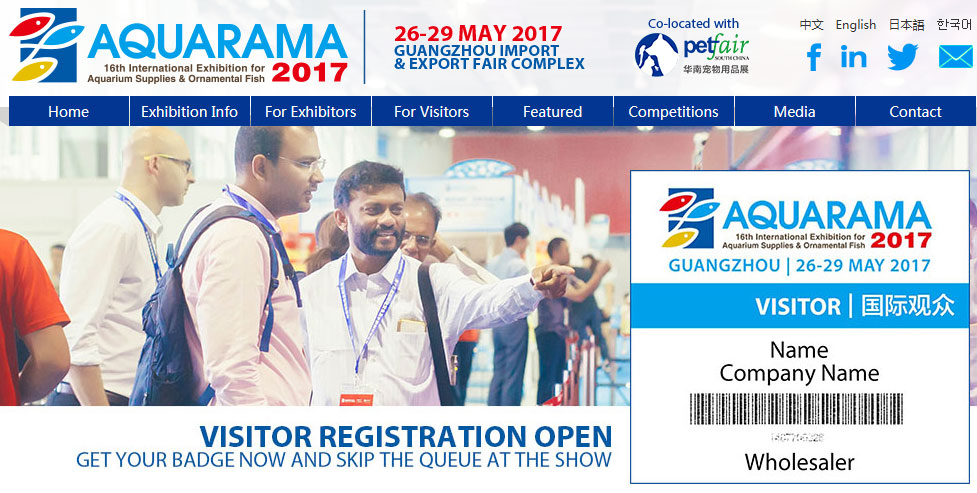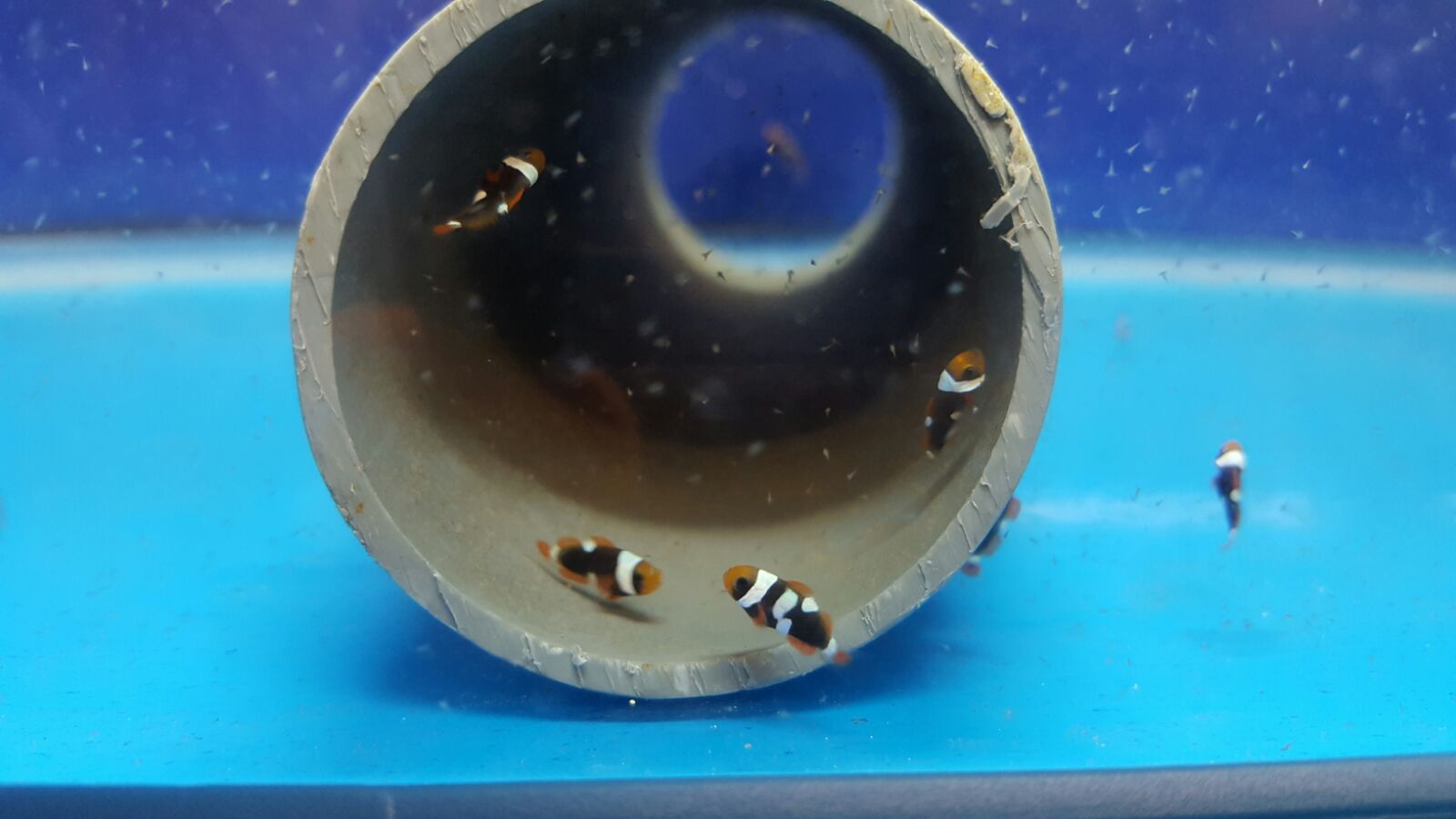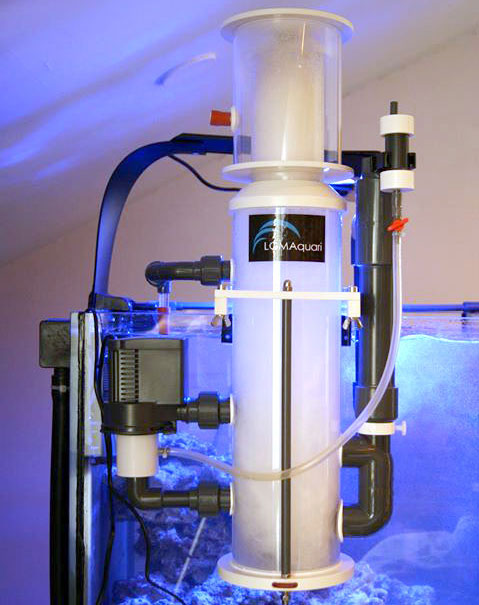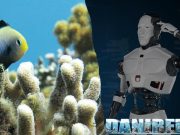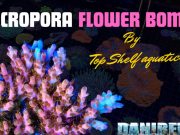Translated by Giorgia Lombardi
Characteristics and Problems of some species of Zooplankton
In the first section dedicated to zooplankton - here - we covered all the organisms which can be grown in a home set-up and...
Aquarium plankton – mistakes in the use of phytoplankton supplement
In the past article of this short series we illustrated two of the main features of plankton, size and classification (read here). We can...
Phytoplankton – algae species, cultures and results
We already covered in previous articles the benefits of phytoplankton and zooplankton supplement in a reef aquarium, and how to build them up in...
Plankton – zooplankton and phytoplankton – getting to know them
In this second section I will refer to the particulate components that are produced by the rising deep currents, this component we call Plankton.
This article...
The global seas nutrient cycle: a better understanding of its...
The earth surface is 71% covered by salt water and as we all know, between the parallels above and below the equator up to...
PetsFestival 2018 the 20 and 21 of october with great conferences,...
The PetsFestival 2018, the most important pet show of the year in Italy, will start on Saturday 20th October and will last until Sunday 21st...
How to reduce the aquarium power consumption
This is the first of a short series of articles aimed to improve our aquariums sustainability: we will start by illustrating several tips to...
Aquarama 2017, 26-29 of May in Guangzhou only a few days...
Aquarama 2017 will be held this coming weekend in Guangzhou after arriving there last year from Singapore.
This post is also available in: italiano
We are...
Amphiprion frenatus reproduction at Jesolo Sea Life – Reportage and history
The first input for a successful reprodution of clownfishes in aquarium is the formation of a couple.
This post is also available in: italiano
The...
Finally, a real hang-on protein skimmer from LGMAquari
A real hang-on protein skimmer to hang on your tank, a very good news which will solve many problems for hobbyist without a sump.
This...


